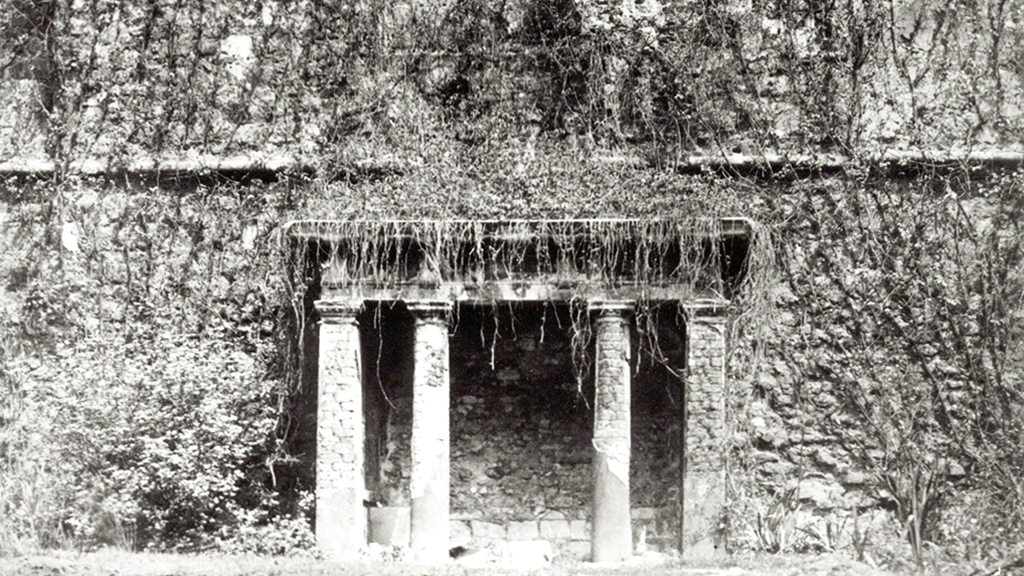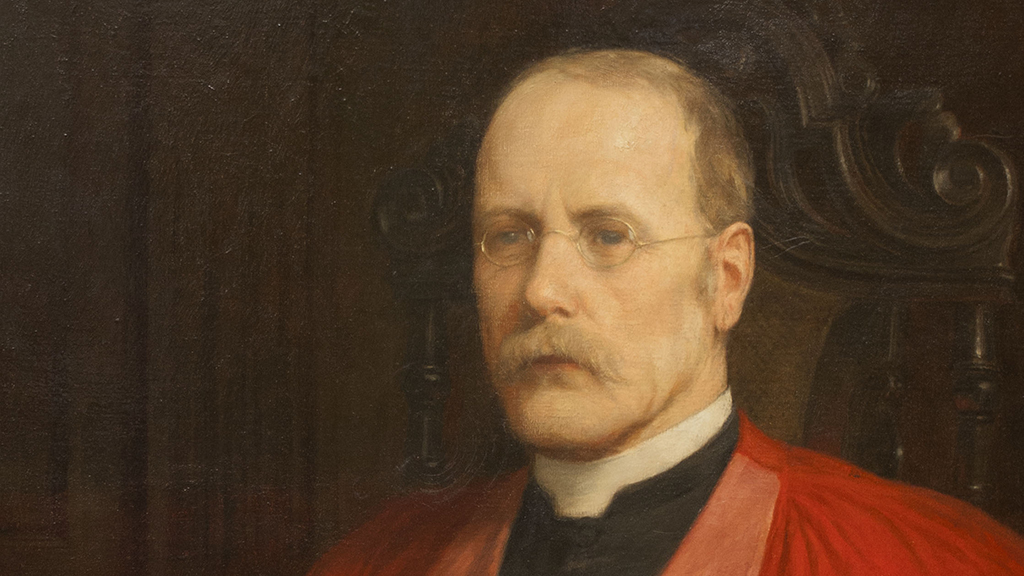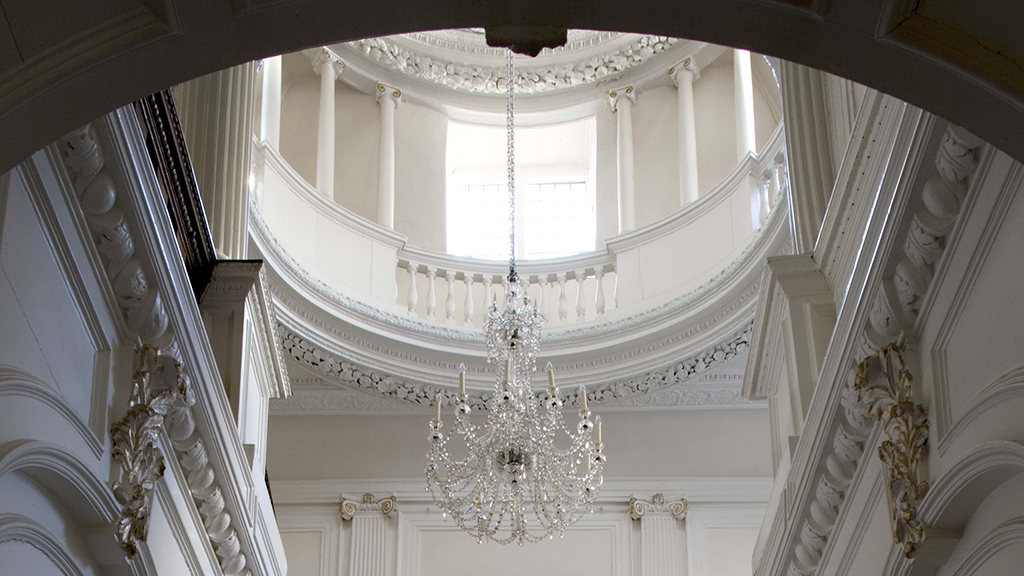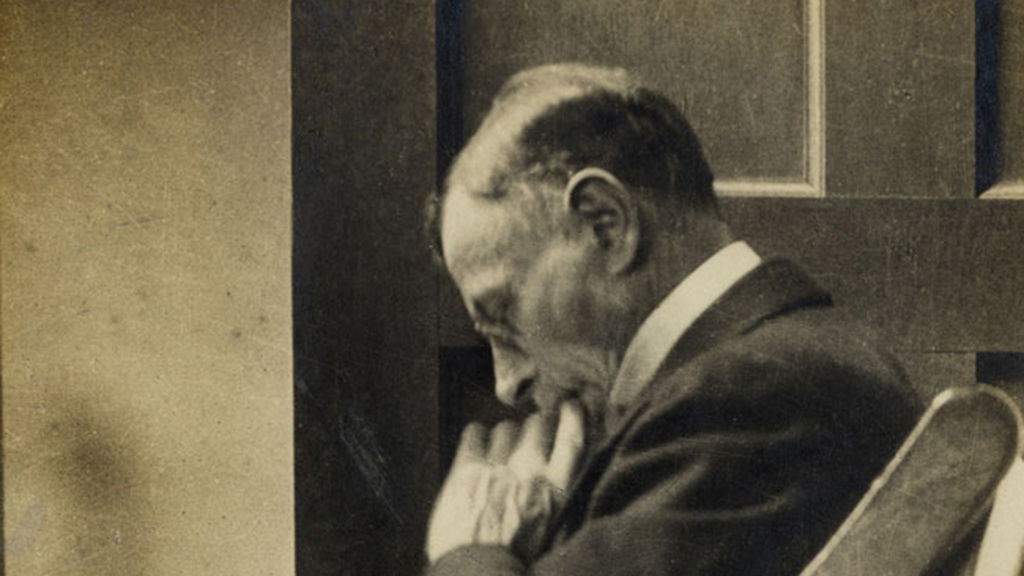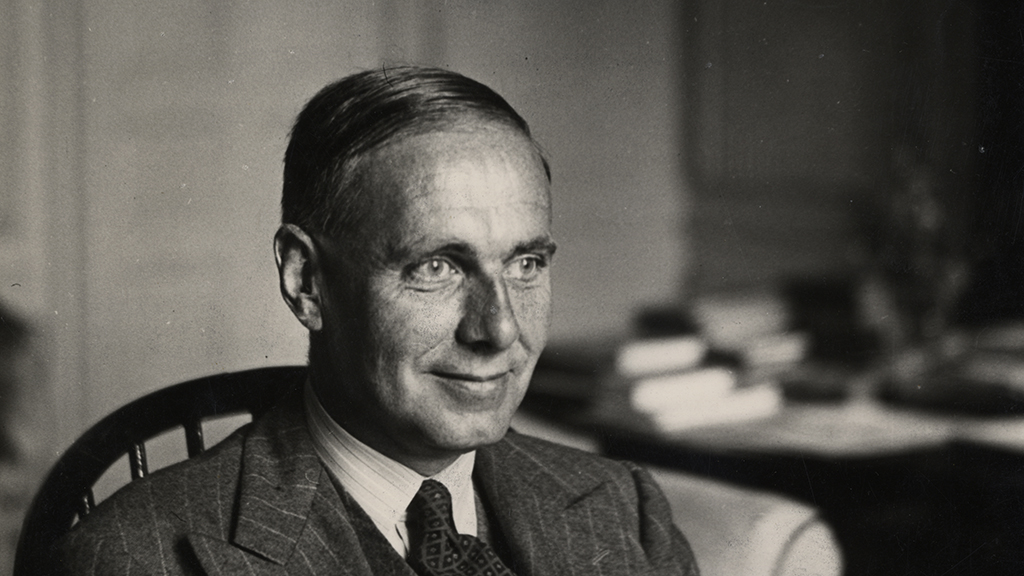Today, behind Ashburnham House, stands a small, arcane and beautiful garden. Yet at one time this was the site of a grand monastic frater or refectory. All that remains in the present day is its North, East and West walls, the West only a ruin. The exact date of the first foundations is unclear, but it is known that one…
-
-
The Fire of 1731 by Benedict Randall Shaw
In 1730, Lord Ashburnham leased Ashburnham House to the Crown to store the King’s and Cotton Libraries, as it was considered to be ‘much more safe from fire’ than their previous storage place in Essex House, The Strand, and with the books came Dr Bentley junior, who had taken on the role of King’s Librarian from his father; as luck…
-
Dr James Gow by William Mirza
Dr James Gow, Head Master from 1901-1919, saw Westminster through a hectic time which included the start of the twentieth century, the First World War and several royal visits. Along with several of his predecessors, he is best known for continuing to build up the reputation of a school that had suffered badly sixty years before. Gow was always keen…
-
The Camden Room
The Camden Room takes its name from Westminster School Head Master, William Camden (1551-1623) whose portrait hangs on the west wall. Camden is one of the school’s best known Head Masters, an antiquarian, historian, topographer and herald, perhaps best known for his great work Britannia which surveyed the geography and history of Great Britain and Ireland. The long school holidays…
-
The Grand Staircase by Jit Shetty
There are many landmarks at Westminster School but very few can match the Grand Staircase in Ashburnham House. It is approached through folding doors from the Inner Hall (formerly Ashburnham ‘Upper’) which retains its 17th Century panelling. The hall has low proportions yet the staircase seems to rise from all this. The wide and shallow treads, the carved balusters juxtaposed…
-
The Scott Library by Benedict Randall Shaw
In 1879, an article in the Elizabethan set forth the case for a Library. In 1881, Lord John Thynne died and the school purchased Ashburnham House. A decision was taken to convert part of the first floor into a library and museum. The masters contributed £170 plus £50 yearly. However, this was not enough. An appeal for additional funds was…
-
The John Sargeaunt Room by Iskander Mathews
In the brighter areas of the Library, beyond the Book Stack and Milne rooms, there stands a room with 2 tables and a collection of chairs, along with large numbers of historical and literary books. It is in this room that the Library Committee holds its meetings and it was in this room that that great Master of the VIth…
-
The Armada Tables? by Ben Goodrick-Green and William Mirza
College Hall is one of the oldest and perhaps most remarkable parts of Westminster School. It has survived over six hundred and fifty years, encompassing different ages, social upheaval and times of both prosperity and hardship at Westminster, to be the place where much of the school eats its breakfast, lunch and dinner today. It is claimed by Westminster Abbey…
-
In Defence of Walter Hamilton by William Mirza
Walter Hamilton, of all 20th Century Westminster headmasters, has always been the one most considered to be an outsider. He came to the school with a great academic reputation but following his short tenure of seven years and his departure for Rugby College and subsequently Magdalene College, many have been led to say that this particular head never quite fit…
-
Elizabeth Primae Reginae by Ben Goodrick-Green and William Mirza
On the 21st May 2010, the 450th anniversary of the re-founding of our school in 1560, a brand new statue of Elizabeth I was unveiled in yard by HM The Queen. Although there are no longer any pupils at the school who witnessed this special event, it has been fully recorded in the Archives here at Westminster. The newspaper The Daily…
